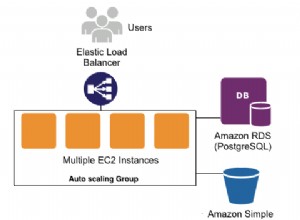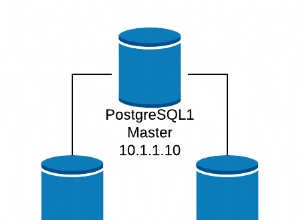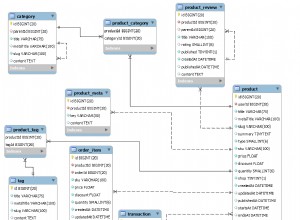Typ Seq ma schludną funkcję obsługi kursorów bazy danych o nazwie generate_using (patrz Podręcznik języka F# oraz rozdział Dostęp do danych w Podstawy F# ). Jest to funkcja wyższego rzędu, która przyjmuje jedną funkcję do otwierania kursora, a drugą (wywoływaną wielokrotnie) do przetwarzania rekordów z kursora. Oto kod, który używa generate_using do wykonania zapytania sql:
let openConnection (connectionName : string) =
let connectionSetting = ConfigurationManager.ConnectionStrings.Item(connectionName)
let connectionString = connectionSetting.ConnectionString
let connection = new OracleConnection(connectionString)
connection.Open()
connection
let generator<'a> (reader : IDataReader) =
if reader.Read() then
let t = typeof<'a>
let props = t.GetProperties()
let types = props
|> Seq.map (fun x -> x.PropertyType)
|> Seq.to_array
let cstr = t.GetConstructor(types)
let values = Array.create reader.FieldCount (new obj())
reader.GetValues(values) |> ignore
let values = values
|> Array.map (fun x -> match x with | :? DBNull -> null | _ -> x)
Some (cstr.Invoke(values) :?> 'a)
else
None
let executeSqlReader<'a> (connectionName : string) (sql : string) : 'a list =
let connection = openConnection connectionName
let opener() =
let command = connection.CreateCommand(CommandText = sql, CommandType = CommandType.Text)
command.ExecuteReader()
let result = Seq.to_list(Seq.generate_using opener generator)
connection.Close()
connection.Dispose()
result
Na przykład, aby wyświetlić listę wszystkich tabel w bazie danych Oracle, musimy zdefiniować typ definicji kolumny i wywołać executeSqlReader w następujący sposób:
type ColumnDefinition = {
TableName : string;
ColumnName : string;
DataType : string;
DataLength : decimal;
}
let tableList = executeSqlReader<ColumnDefinition>
"MyDatabase"
"SELECT t.table_name, column_name, data_type, data_length FROM USER_TABLES t, USER_TAB_COLUMNS c where t.TABLE_NAME = c.table_name order by t.table_name, c.COLUMN_NAME"




